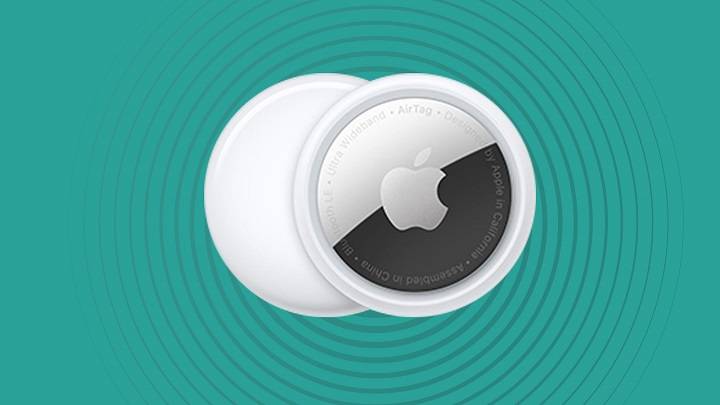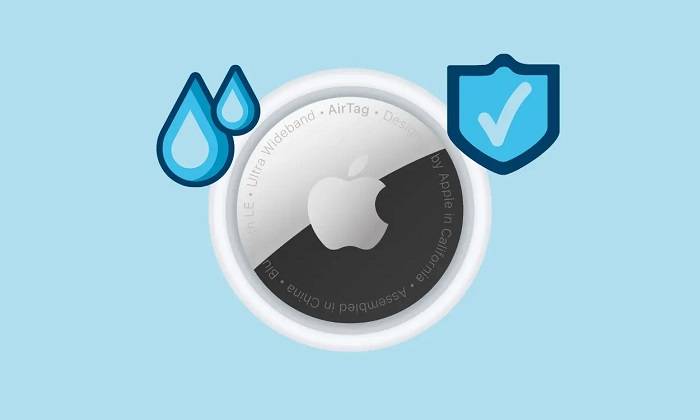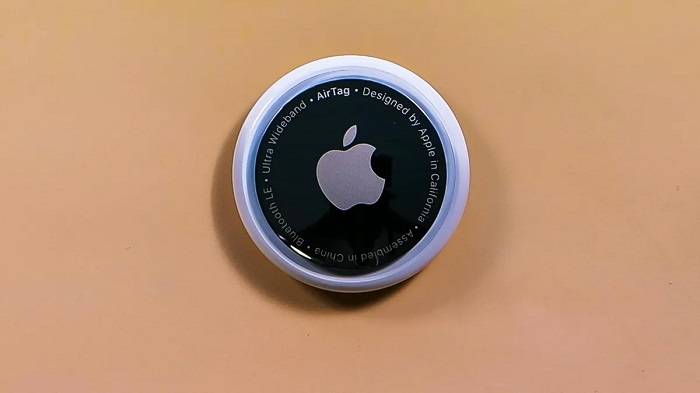Curious about the durability of Airtags in wet conditions? In this comprehensive guide, we’ll delve into the intricacies of Airtag waterproofing, exploring its capabilities, limitations, and tips for protecting your Airtag in various environments. By understanding the nuances of Airtag waterproofing, you’ll be equipped to make informed decisions and safeguard your valuable belongings effectively. Let’s dive in and uncover the truth about Airtag waterproofing!
Understanding Airtag Waterproofing
Airtags are small, lightweight tracking devices designed to help you keep track of your belongings. They are equipped with a range of features, including Bluetooth connectivity, precision tracking, and a compact design. However, one question that often arises is whether Airtags are waterproof.
Is Airtag Waterproof?
While Airtags are designed to be durable and resistant to water and dust, they are not fully waterproof. Apple states that Airtags have an IP67 rating, which means they are protected against immersion in water up to 1 meter deep for up to 30 minutes. While this provides some level of protection against accidental exposure to water, it’s essential to understand the limitations of Airtag waterproofing.
Understanding IP Ratings
IP (Ingress Protection) ratings are used to specify the level of protection provided by a device against the intrusion of dust and water. The first digit in an IP rating indicates the level of protection against solid objects, while the second digit indicates the level of protection against water.
In the case of Airtags, the IP67 rating breaks down as follows:
- 6: Protection against dust ingress. Complete protection against dust.
- 7: Protection against water ingress. Immersion up to 1 meter deep for up to 30 minutes.
Limitations of Airtag Waterproofing
While the IP67 rating provides some assurance of water resistance, there are limitations to consider:
- Depth and Duration: Airtags are rated for immersion in water up to 1 meter deep for up to 30 minutes. Exposure to deeper water or prolonged immersion may exceed the device’s waterproof capabilities.
- Seal Integrity: The effectiveness of waterproofing can diminish over time due to wear and tear or damage to the device’s seals. Regular inspection and maintenance are essential to ensure continued water resistance.
- External Accessories: Adding external accessories or attachments to an Airtag, such as keychains or cases, may compromise its waterproofing. Be cautious when using Airtags in conjunction with additional accessories.
Tips for Protecting Your Airtag
While Airtags are designed to withstand exposure to water to some extent, it’s essential to take precautions to protect them in wet conditions:
- Avoid Prolonged Immersion: Minimize exposure to water by avoiding prolonged immersion in wet environments.
- Use Protective Cases: Consider using protective cases or covers specifically designed for Airtags to provide an additional layer of protection against water and impact.
- Regular Inspection: Periodically inspect your Airtag for signs of damage or wear that may compromise its waterproofing. Replace any damaged or worn-out components promptly.
Airtag Waterproof Solutions
If you require additional waterproofing for your Airtag beyond its IP67 rating, there are aftermarket solutions available:
- Waterproof Cases: Explore waterproof cases or pouches designed specifically for Airtags. These accessories provide enhanced protection against water ingress while maintaining accessibility to the device’s features.
- Sealing Techniques: Some users employ DIY sealing techniques, such as applying silicone sealant around the seams of the Airtag, to enhance its waterproofing. However, caution is advised, as improper sealing may damage the device or void its warranty.
FAQs (Frequently Asked Questions)
Can I use my Airtag underwater?
While Airtags have a water resistance rating of IP67, they are not intended for underwater use. Prolonged immersion in water may exceed the device’s waterproof capabilities and cause damage.
Will my Airtag still work if it gets wet?
Airtags are designed to continue functioning after exposure to water within their specified limits. However, it’s essential to dry the device thoroughly before use and monitor its performance for any signs of damage.
Can I swim with my Airtag attached to my belongings?
It’s not recommended to swim with your Airtag attached to belongings, as prolonged exposure to water may exceed its waterproof capabilities. Remove the Airtag before swimming or engaging in water-related activities.
How can I clean my Airtag if it gets dirty or wet?
If your Airtag gets dirty or wet, gently clean it with a soft, dry cloth. Avoid using harsh chemicals or abrasive materials, as these may damage the device’s exterior or compromise its waterproofing.
Can I use my Airtag in rainy conditions?
Airtags are designed to withstand exposure to rain and moisture to some extent. However, it’s advisable to take precautions to protect the device, such as using a protective case or storing it in a waterproof pouch.
Related Post:
Mastering Your Peacock Experience: How to Turn Off Autoplay
Mastering the Art of Refreshing Netflix on Your TV: A Comprehensive Guide
Demystifying the Mystery: Why Does My Alexa Randomly Beep?
In conclusion, while Airtags offer a certain level of water resistance with their IP67 rating, they are not fully waterproof. Understanding the limitations of Airtag waterproofing is essential for protecting your device and ensuring its longevity. By following the tips provided in this guide and considering aftermarket waterproof solutions if necessary, you can safeguard your Airtag against water damage and enjoy peace of mind in various environments.



